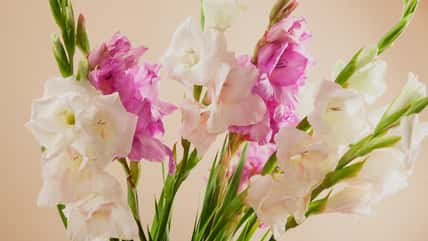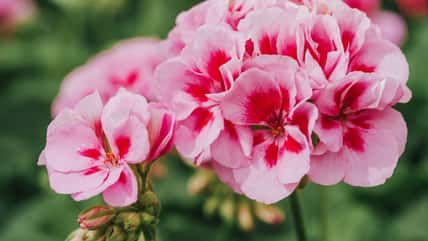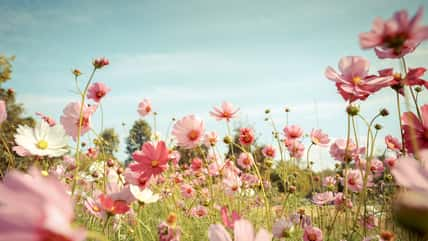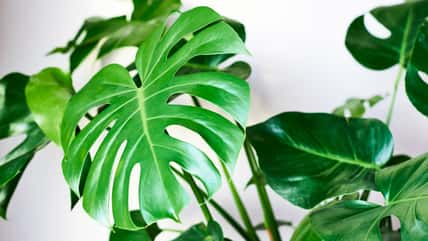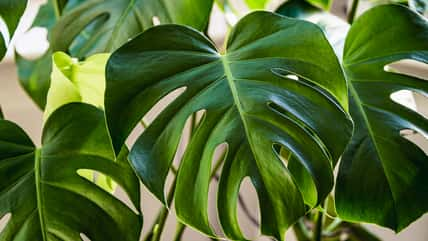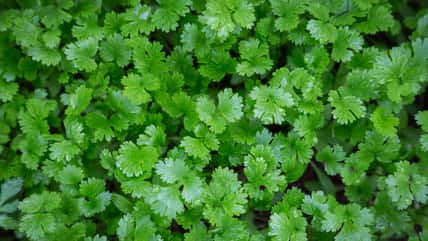These Unique Succulents Are Often Called “Living Stones” And Here’s How You Can Care For Them In Your Home

If you want to take care of something that falls between the categories of a pet rock and a leafy plant, try the lithops on for size!
Lithops, also known as living stones, are extraordinarily unique succulents that resemble colorful stones or pebbles.
Lithops are native to southern Africa. They grow in arid, rocky regions with extreme heat and little water.
They evolved their pebble-like appearance to blend in with their surroundings, preventing herbivores from munching on their leaves and protecting themselves from the sun’s rays.
The succulent comes in a range of colors, such as pink, blue, yellow, green, and gray. Because they come in so many colors, they’re popular in terrariums.
Adding to their appeal, a flower will bloom from the plant in the fall. The flowers of the living stones plant offer a light fragrance. They open their petals in the afternoon and close back up at night.
Lithops make excellent, low-maintenance plants to add to your home. They are small and can fit on a desk, a window ledge, or a shelf.
They are also great housewarming gifts because anyone can care for them, even if they’re not an expert gardener.
What’s more, living stones are non-toxic, so they’re safe to have around kids and pets. So, here’s how to care for a lithops.
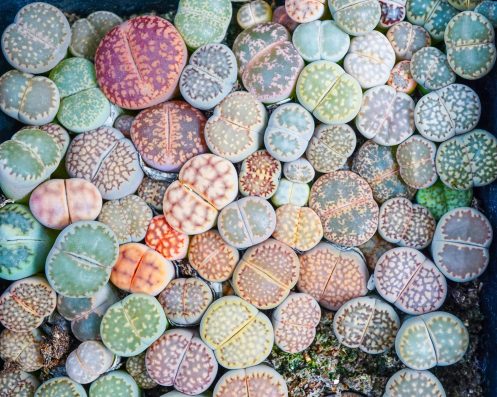
sirinyapak – stock.adobe.com – illustrative purposes only
Sunlight
First of all, lithops plants require plenty of sunlight since their natural habitat is in the desert. They thrive with four to five hours of direct sun in the morning.
Give them partial shade in the afternoon. Too much sunlight can burn them. And, if they don’t get enough, they will lose color, and their shape will become elongated.
Temperature
When growing living stones indoors, make sure the temperature mimics a desert-like environment. Keep your home at 60 to 80 degrees Fahrenheit.
If temperatures drop below 40 degrees in the winter, that will cause damage to the plants. These succulents are also well-adapted to conditions with low humidity, so there’s no need to mist them with water.
Soil
As for the soil, you’ll need a potting mix that is well-draining and porous. Use pots that are three to five inches deep and have drainage holes.
Lithops usually will not grow more than an inch above the soil. They do not need much fertilization because they’re native to rocky soils that contain very few nutrients. You can fertilize with a very weak solution of fertilizer for houseplants once every spring.
Water
When it comes to watering, it’s better to underwater than to overwater. Living stones thrive in dry climates and need little to no water in the fall and winter. During this time, only water if the lithops have started to shrivel up. In the spring and summer, allow the soil to dry completely before watering.
Sign up for Chip Chick’s newsletter and get stories like this delivered to your inbox.
More About:Gardening
